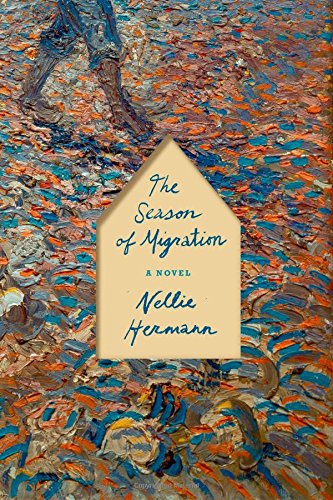The Season of Migration
Images of sunflowers, of a starry night, or irises are often associated with Vincent van Gogh; sadly, mental instability and a damaged ear also belong to his myth. Before he painted these iconic images, van Gogh was a peripatetic art dealer/teacher/preacher, as unlucky in love as he was in finding a profession. What changed? Nellie Hermann explores the ten-month period when van Gogh and brother Theo had an uncharacteristic silence between them—between 14 August 1879 and 22 June 1880—into which Hermann imagines an emotional, spiritual, and psychological journey that profoundly changes van Gogh’s world view. During this period, van Gogh worked as a pastor among the miners in a poor area of Belgium known as the Borinage. It is amongst these hard-working people, who daily face the oppressive and dangerous confines of the mine, that van Gogh connects with the laboring class (later the subject of many of his paintings) and undergoes a spiritual epiphany that awakens his artistic impulses.
Hermann uses alternating first-person and third-person points of view to both delve into Vincent’s subjective viewpoint and to create a more reliable narrative. The present, in the narrative, can be found in the third-person point of view chapters, following Vincent’s painful walk from the Borinage to Paris and Theo. The chapters containing his unmailed letters to Theo reveal his growing closeness to the Borinage miners and a young female miner, Angeline. This intensely psychological and spiritual journey is beautifully written with many allusions to the artworks that were thought to have inspired Vincent’s own work. The Season of Migration is an intensely satisfying journey of an artistic spirit who must break free of the shackles of other people’s expectations to find his own passion.










